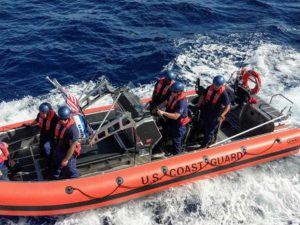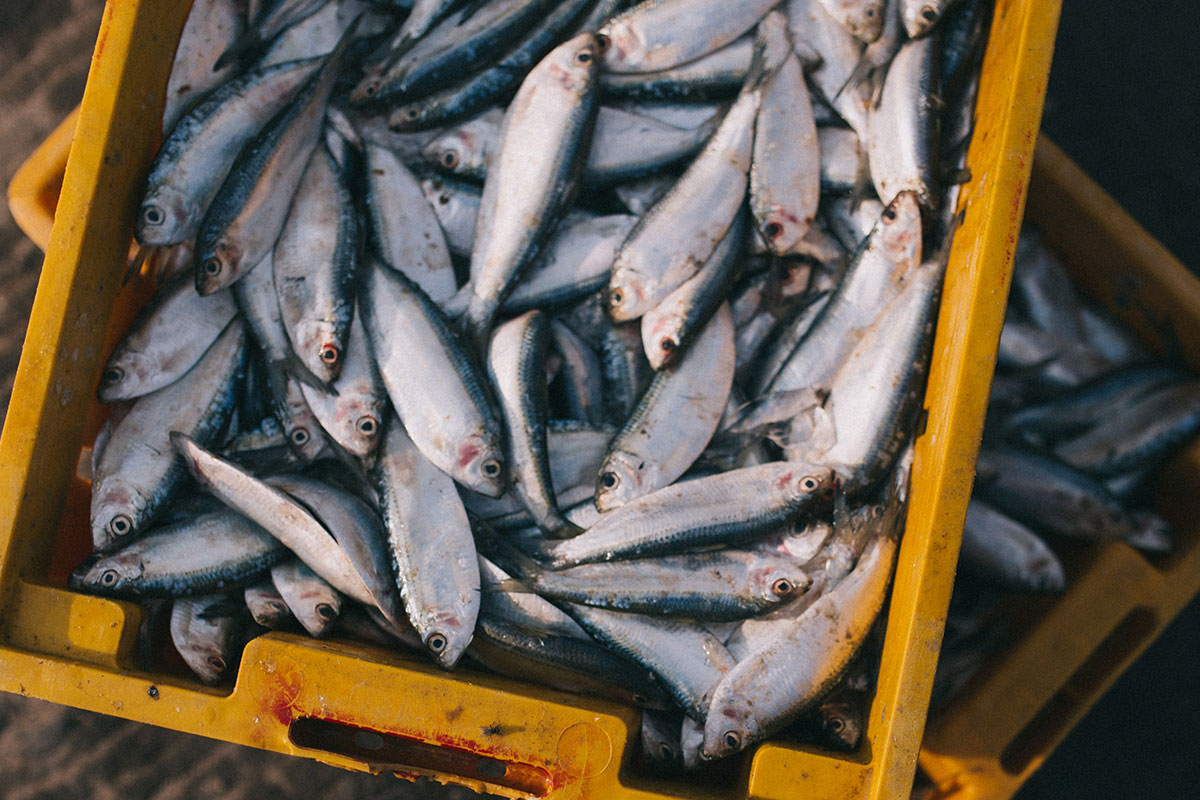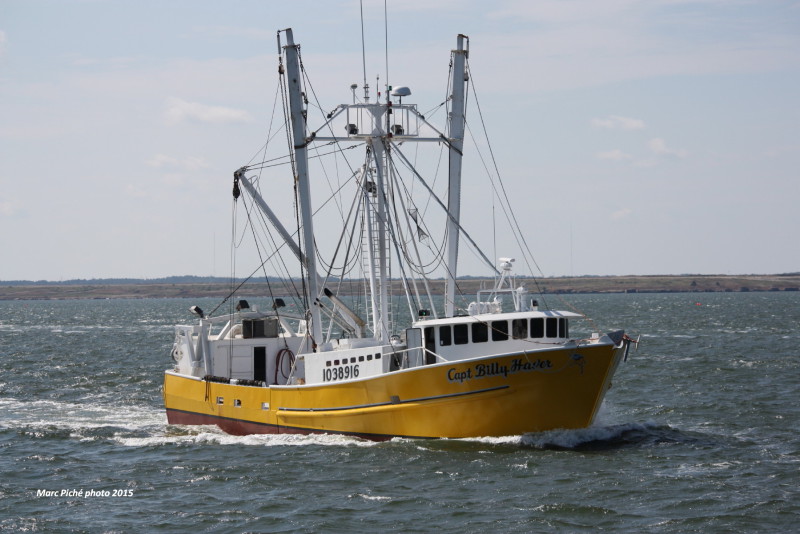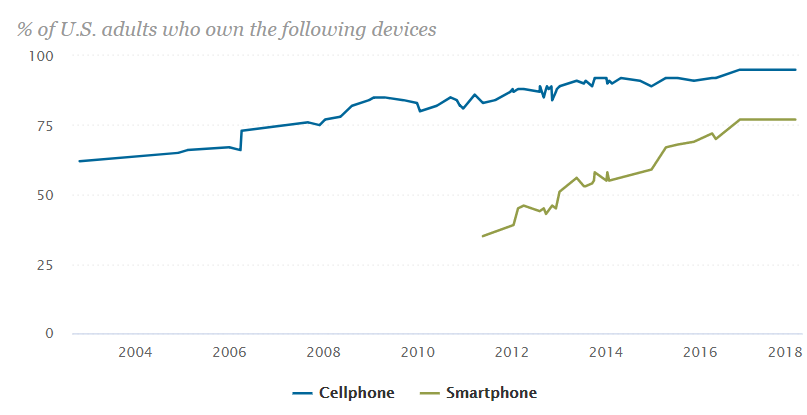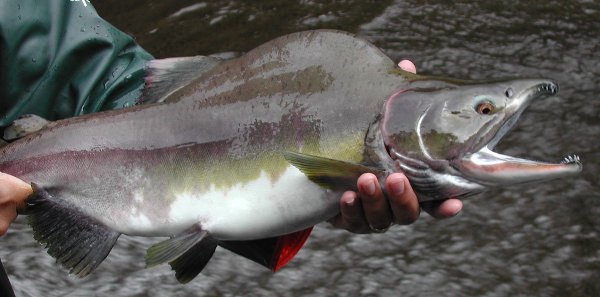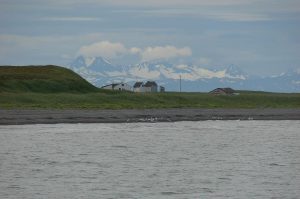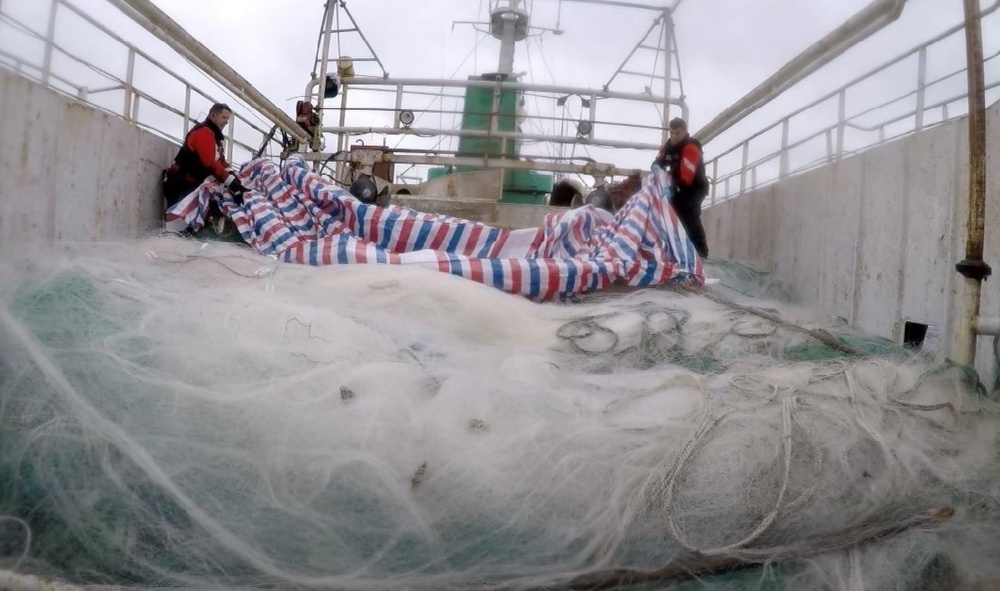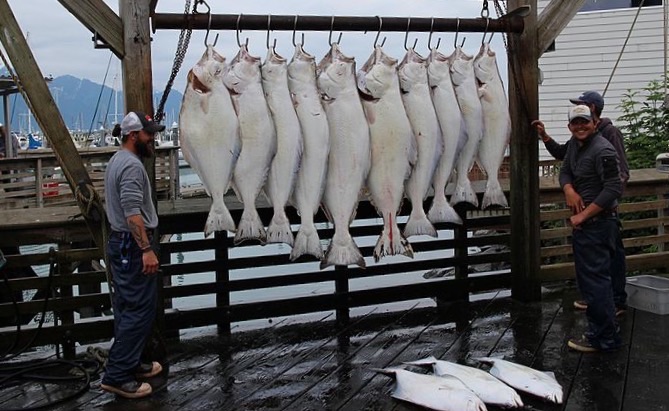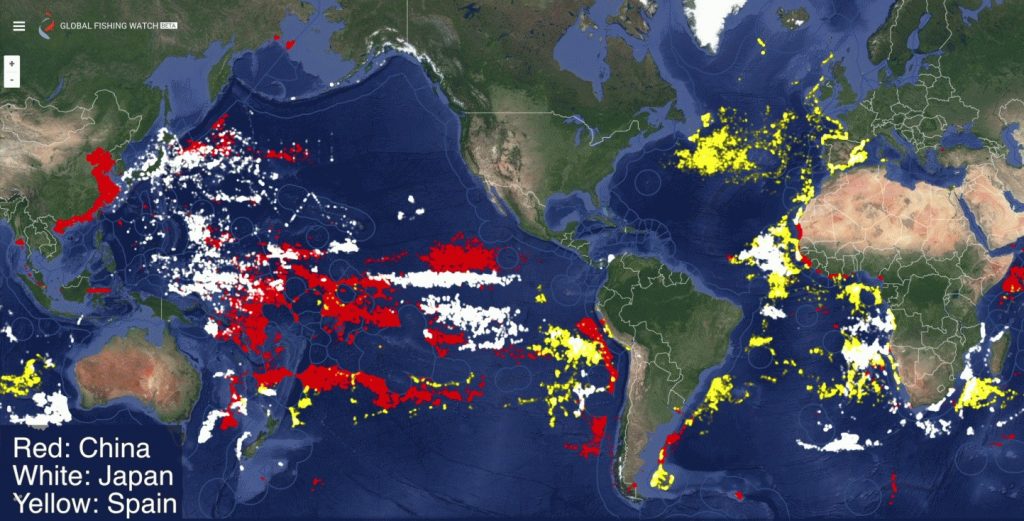F/V Pacific 1 Sinks in Bering Sea, 5 Rescued
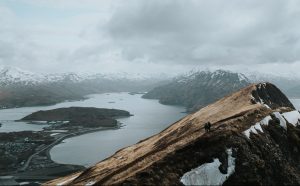 Five crewmembers were rescued on Friday by the Good Samaritan vessel KONA KAI after the F/V PACIFIC 1 sunk in the Bering Sea. Just before the Seattle based cod fishing boat went down, it was reported to have been listing heavily.
Five crewmembers were rescued on Friday by the Good Samaritan vessel KONA KAI after the F/V PACIFIC 1 sunk in the Bering Sea. Just before the Seattle based cod fishing boat went down, it was reported to have been listing heavily.
The U.S. Coast Guard watchstanders received notification from the F/V KONA KAI that the 58-foot F/V PACIFIC 1, located about 40 miles southwest of Dutch Harbor, Alaska, had begun taking on water. The KONA KAI lost communication with the Pacific 1, but their last known location was transmitted to officials.
Two Coast Guard Air Station Kodiak MH-60 Jayhawk helicopter crews were deployed from their forward-operating location in Cold Bay, Alaska. They arrived in time to assist the KONA KAI in locating the inflatable life raft that held all 5 people. While Coast Guard personnel were able to locate the raft, an inflight issue forced them to set a data marker buoy then return to Cold Bay.
 Maritime Injury Law Blog
Maritime Injury Law Blog


